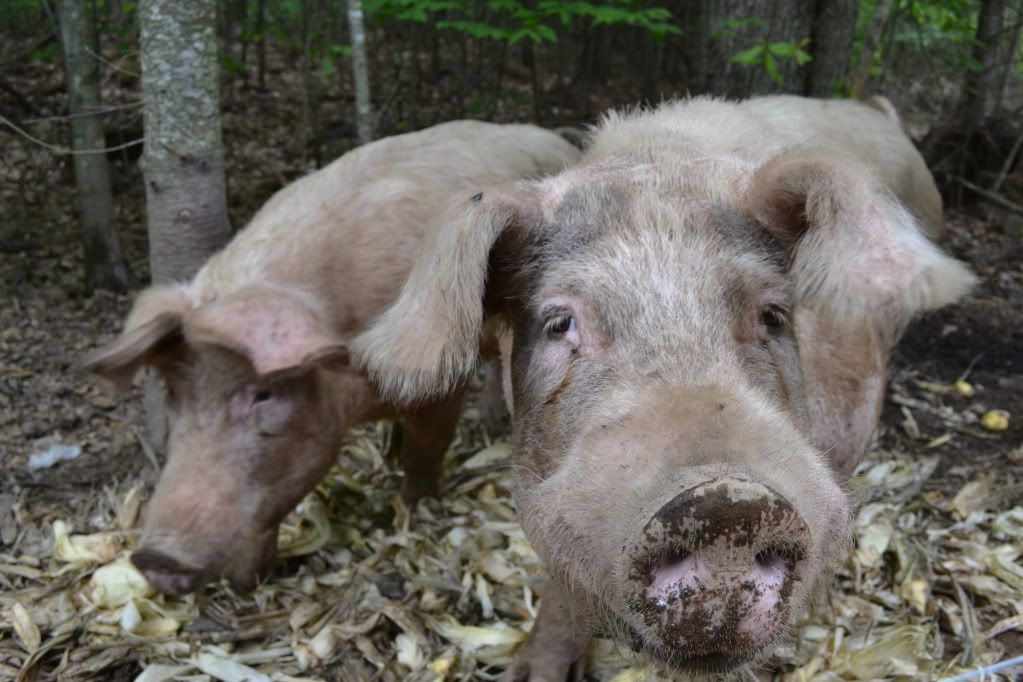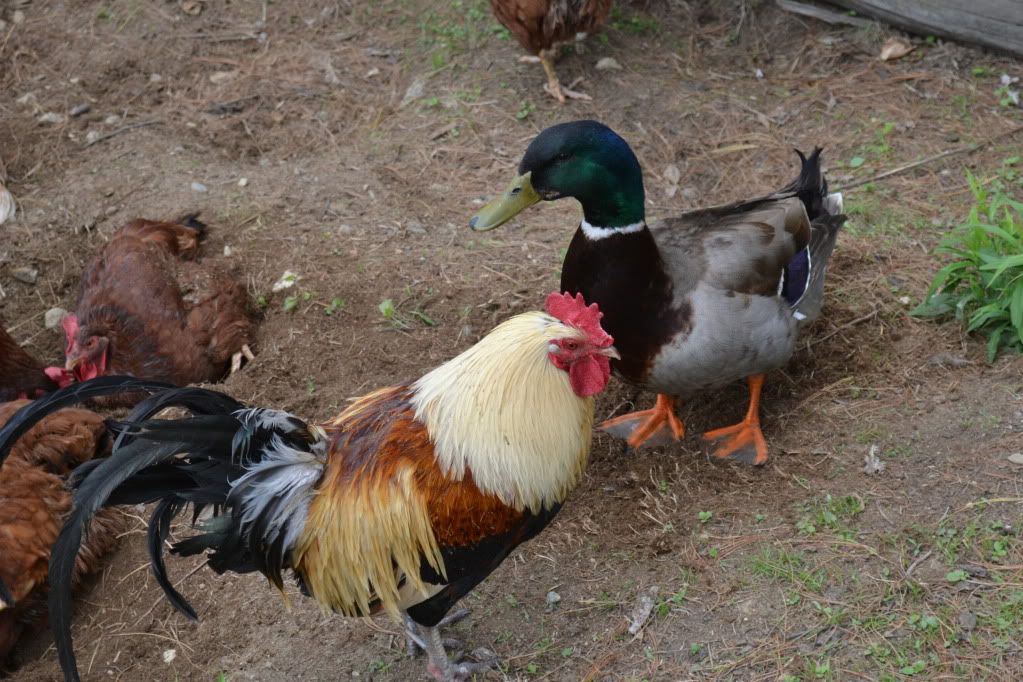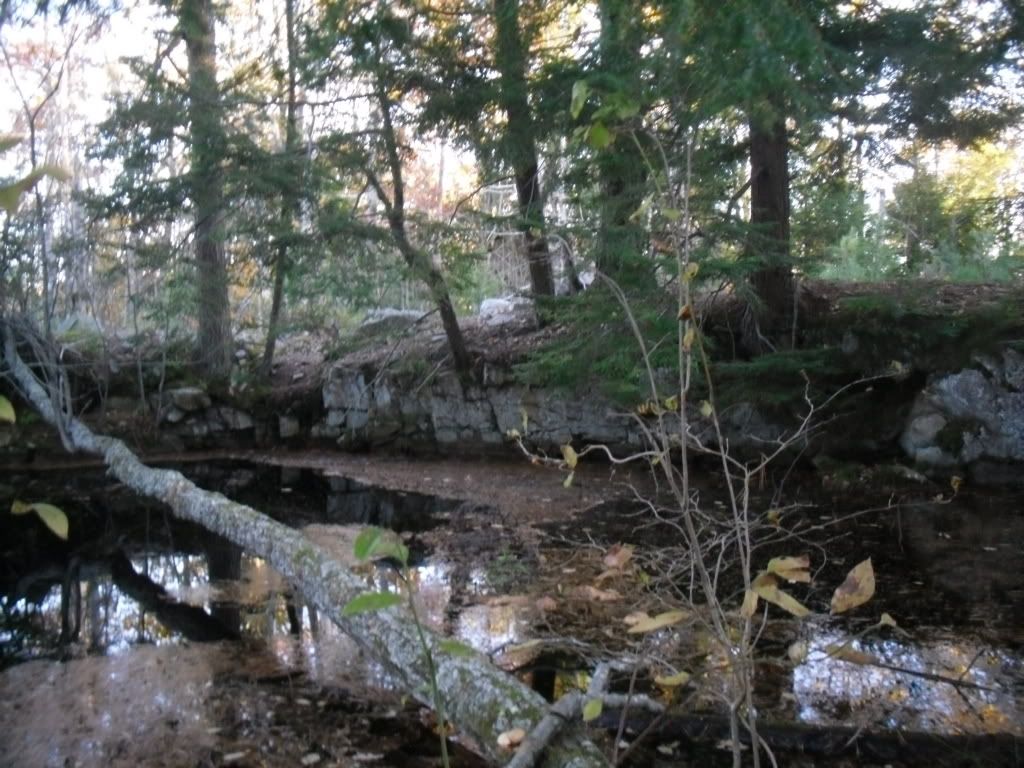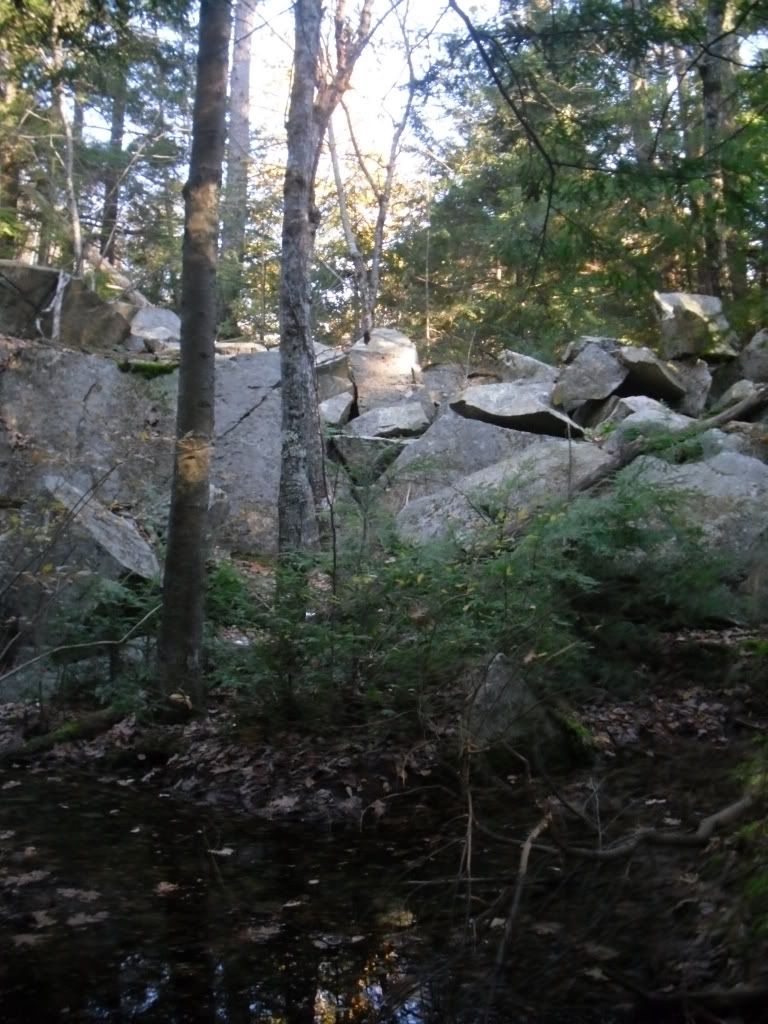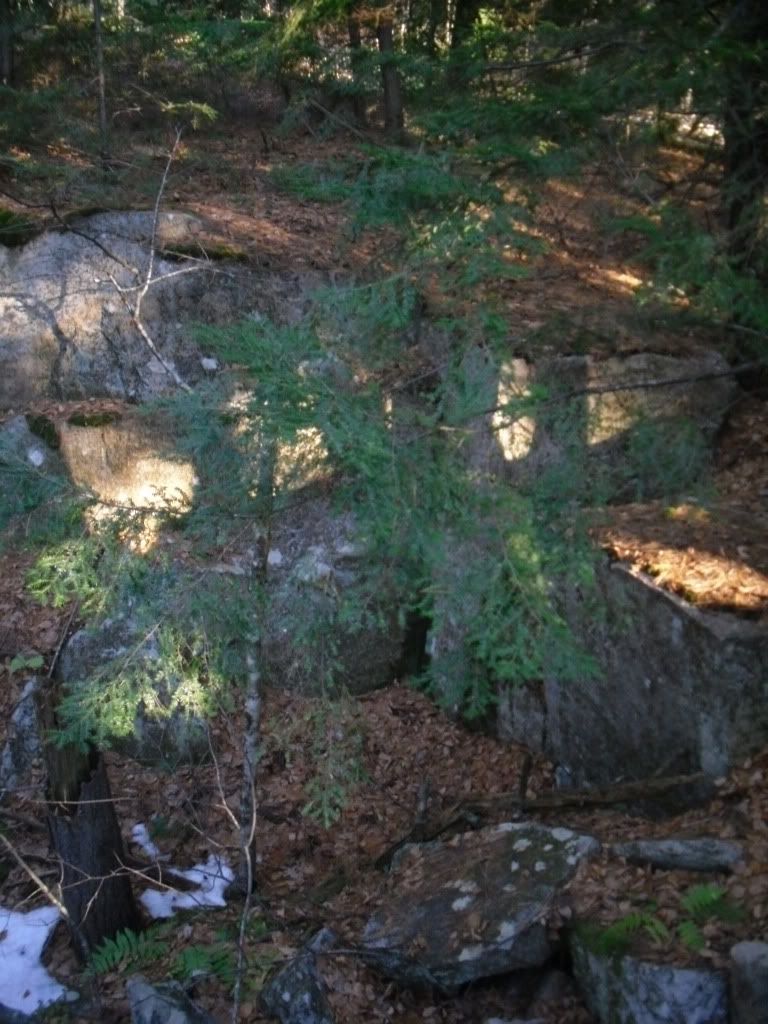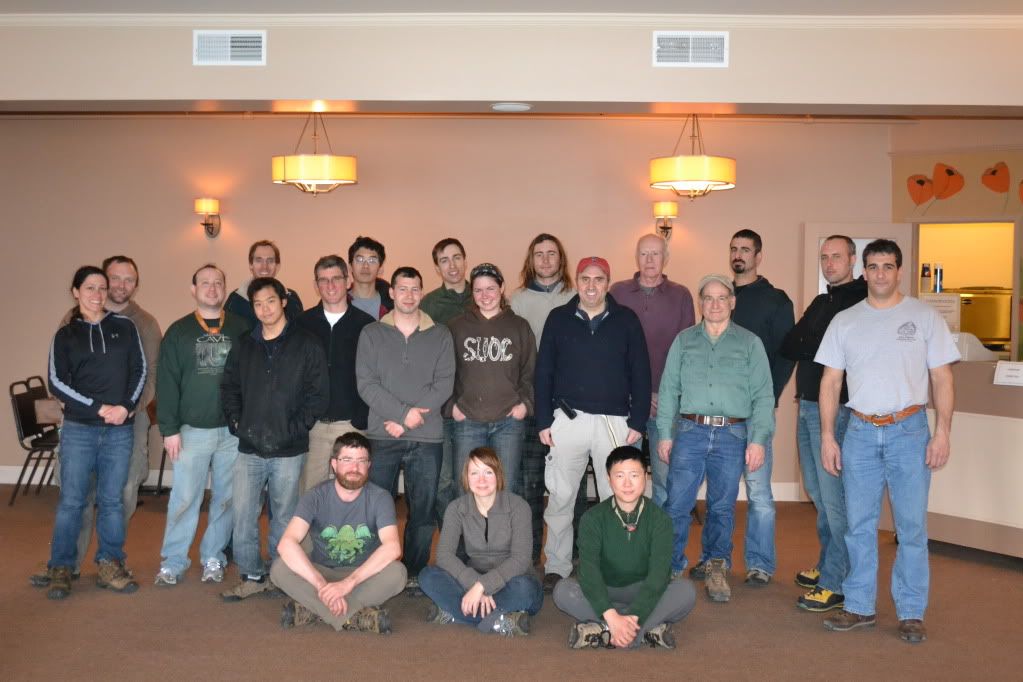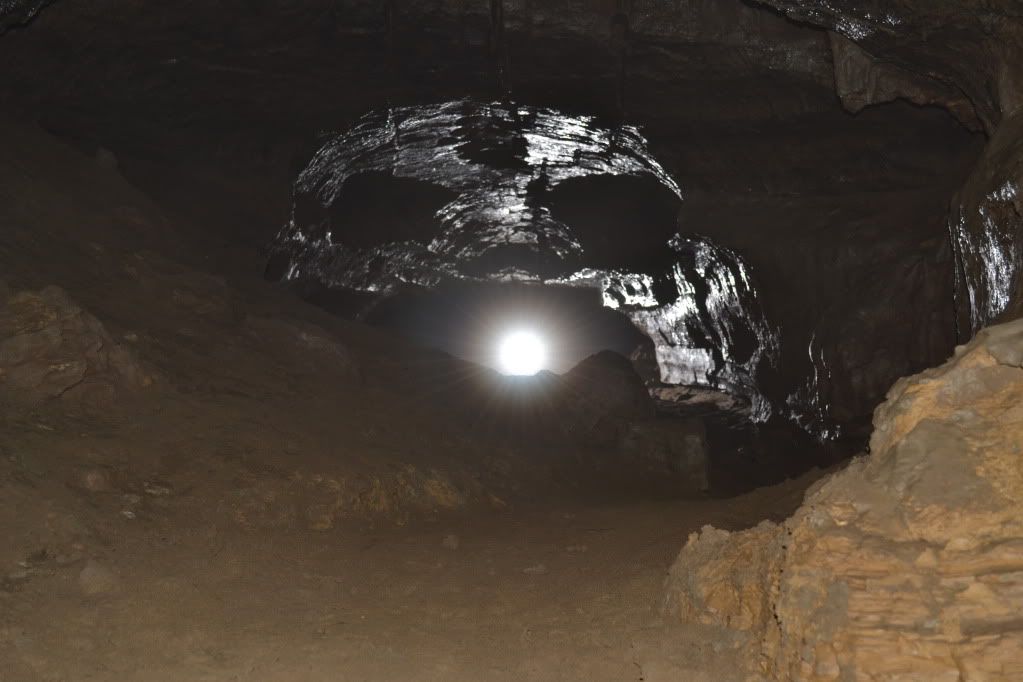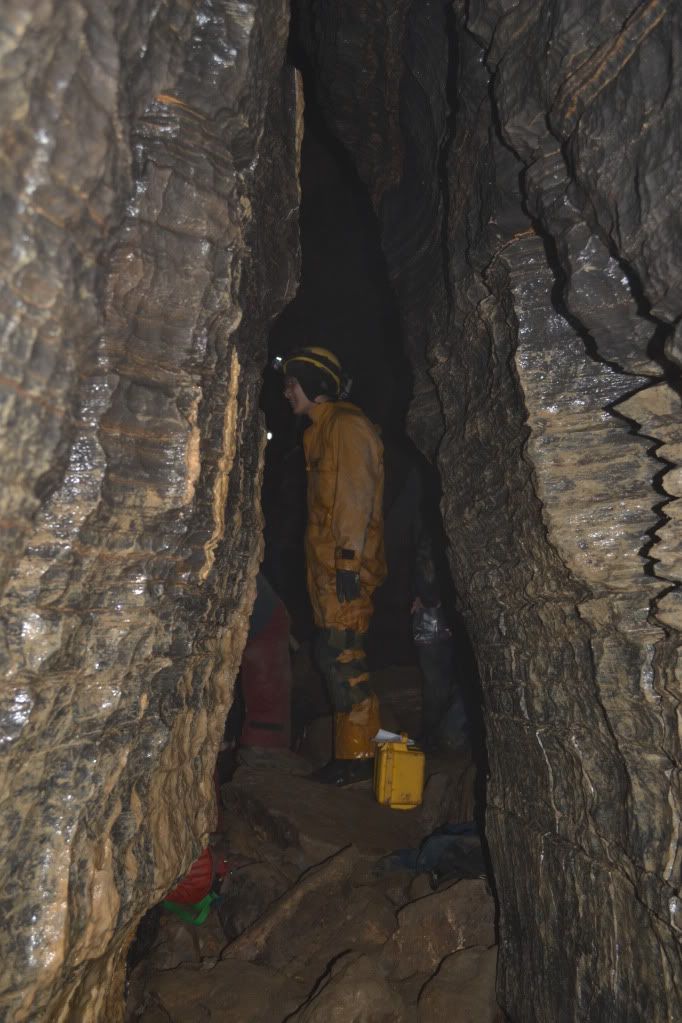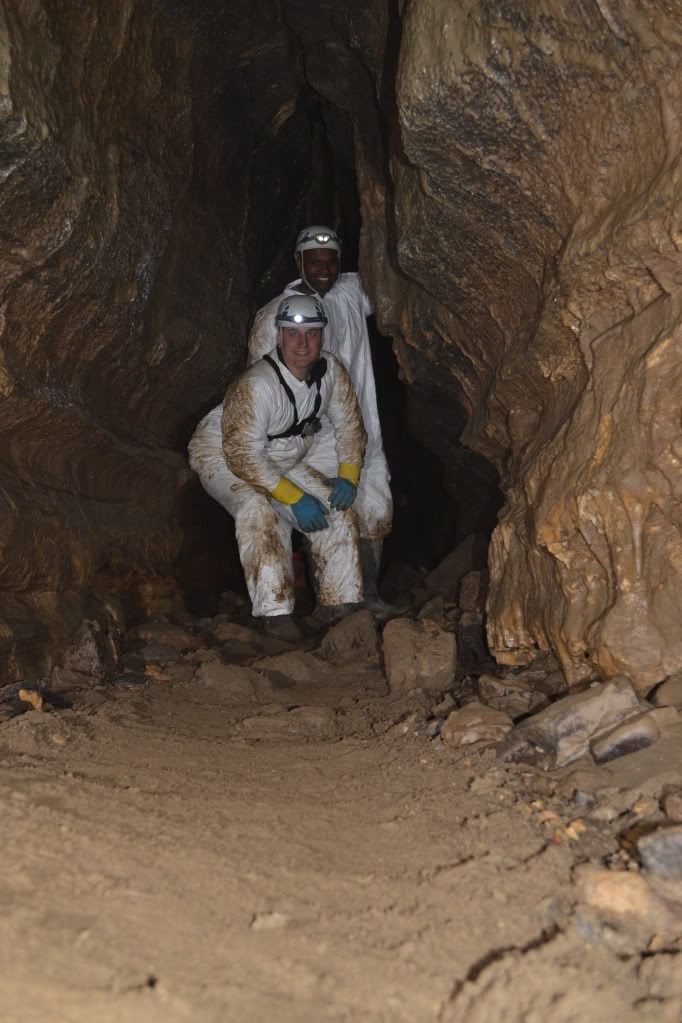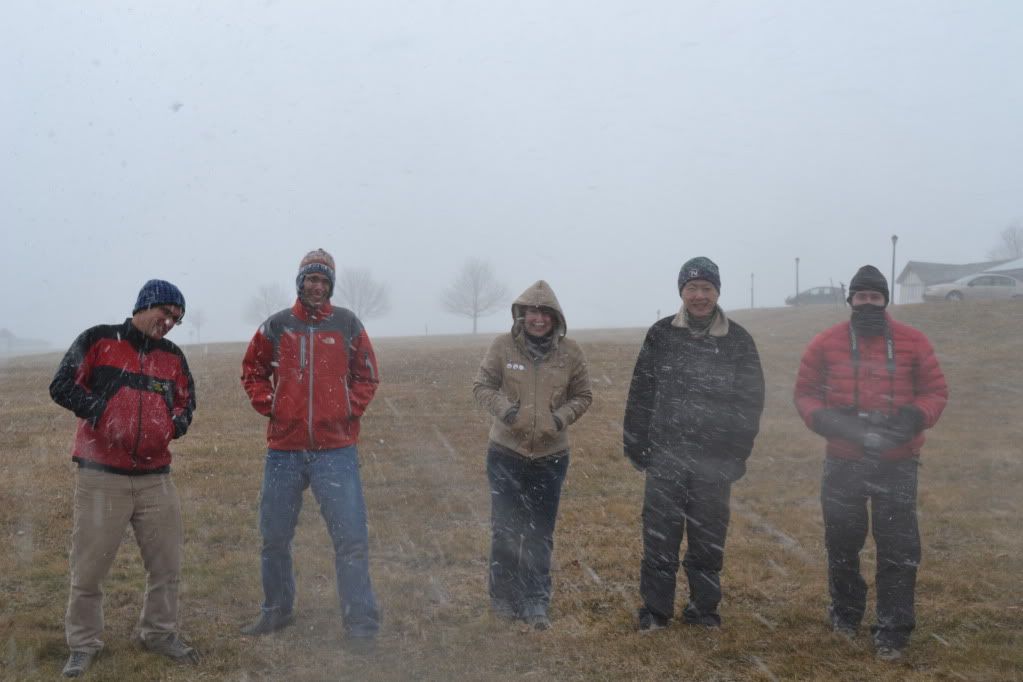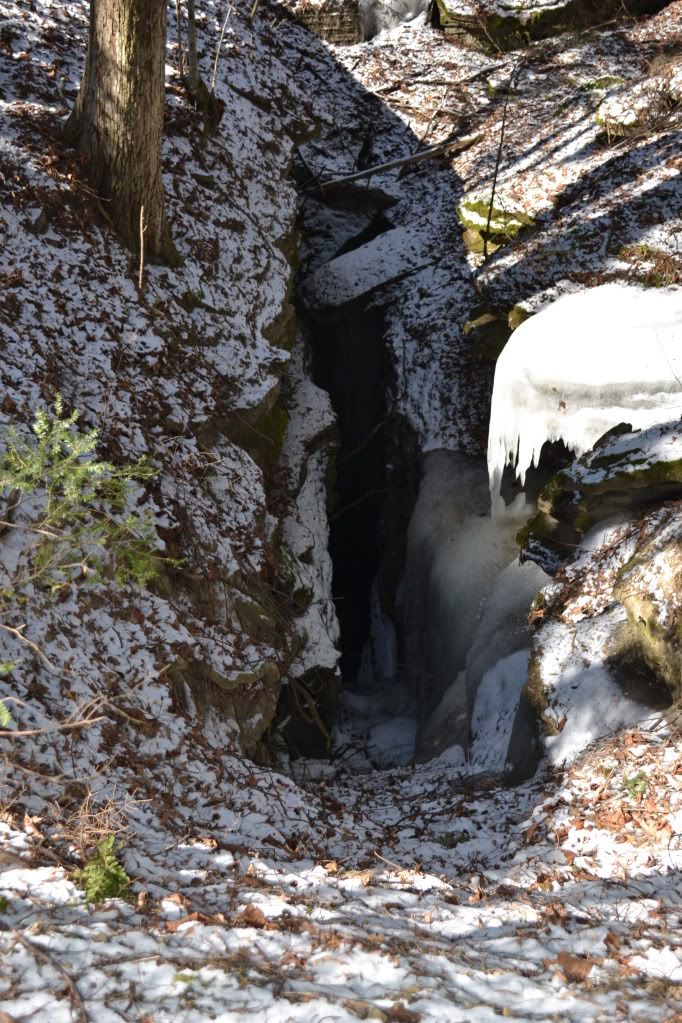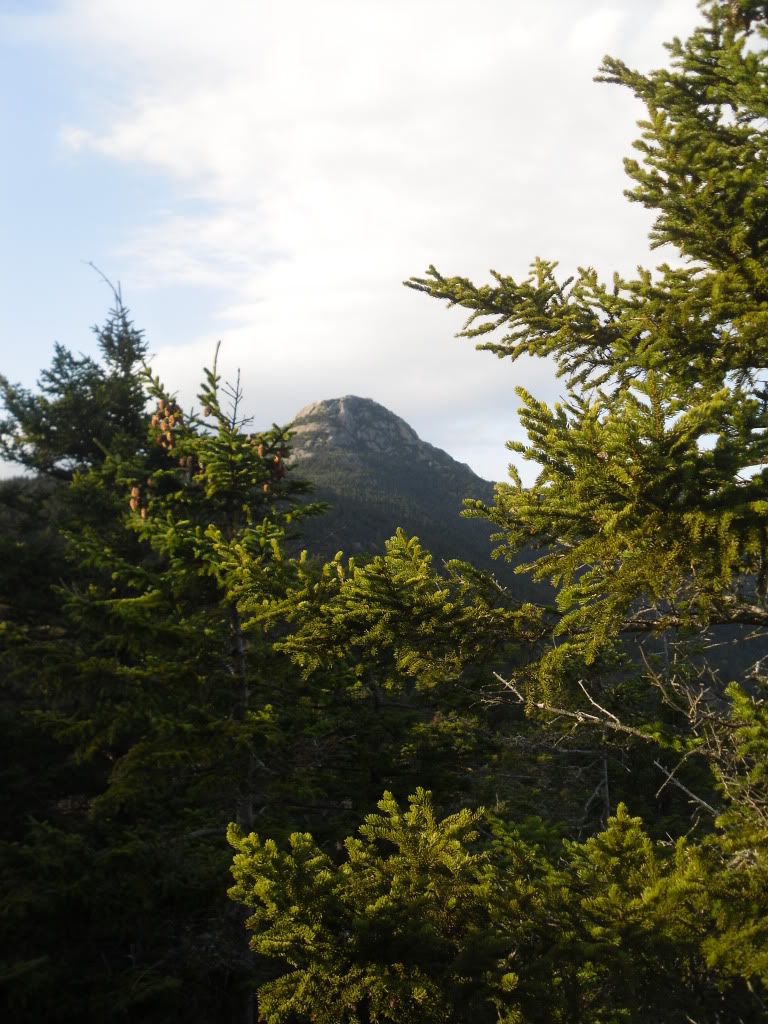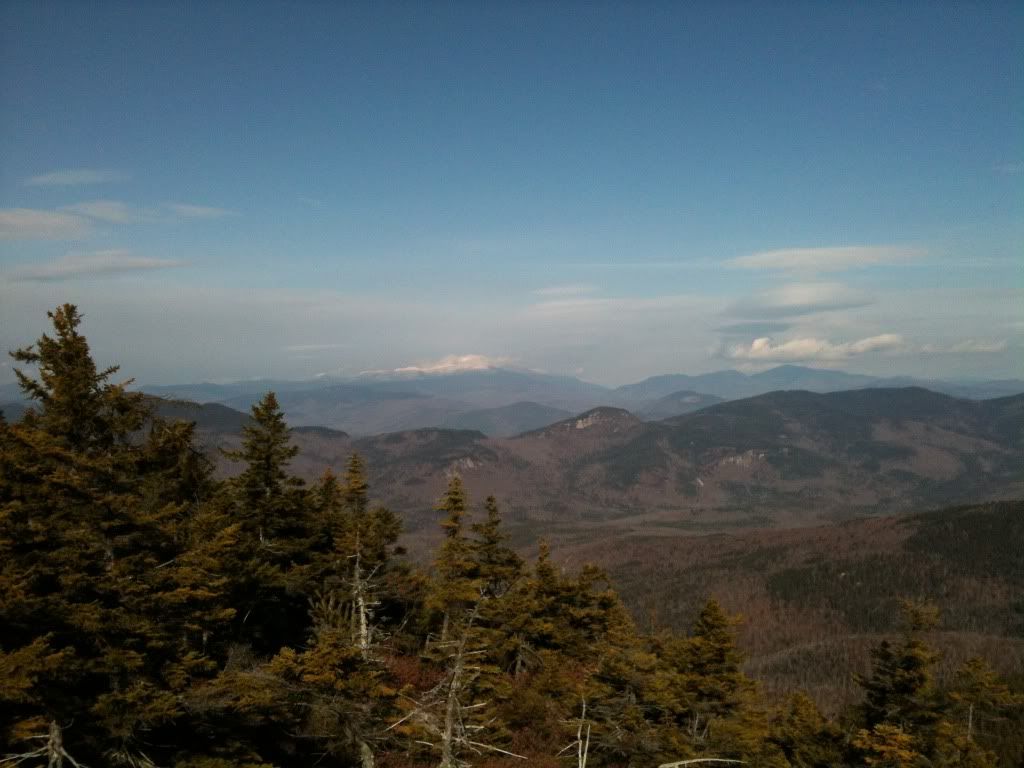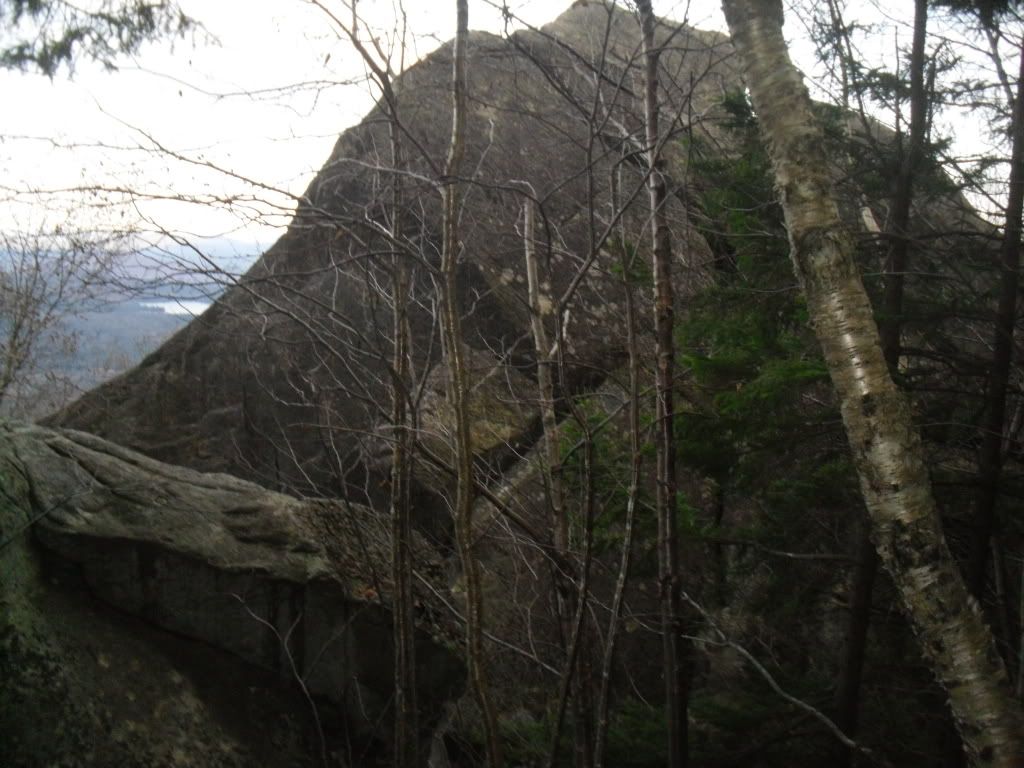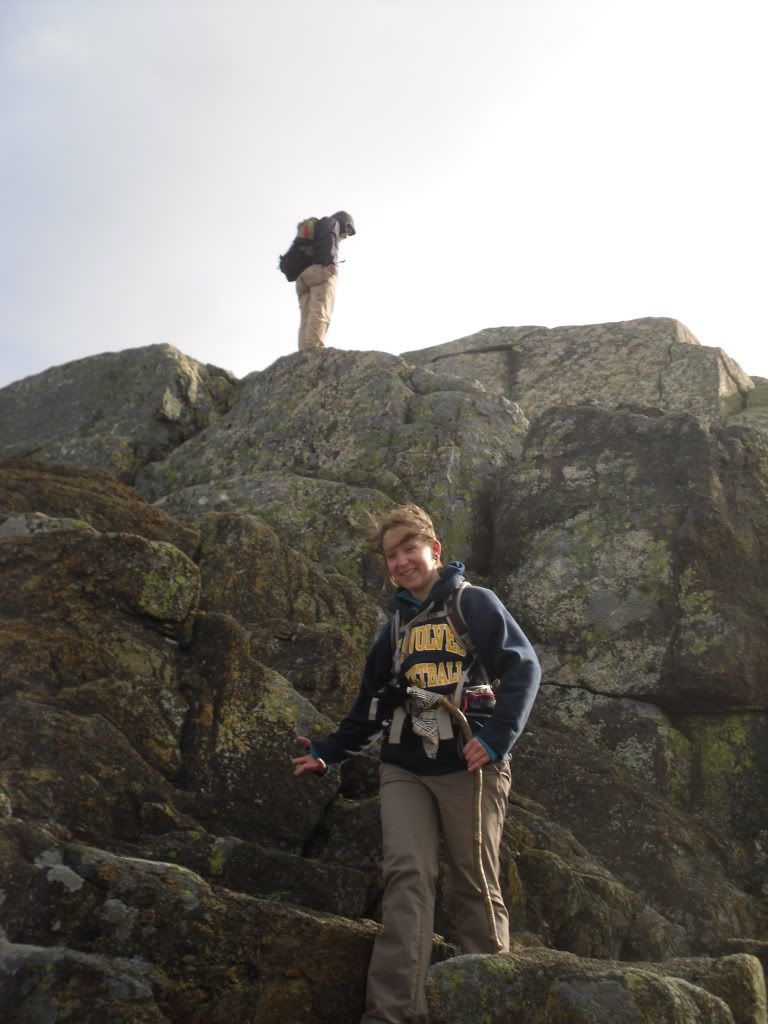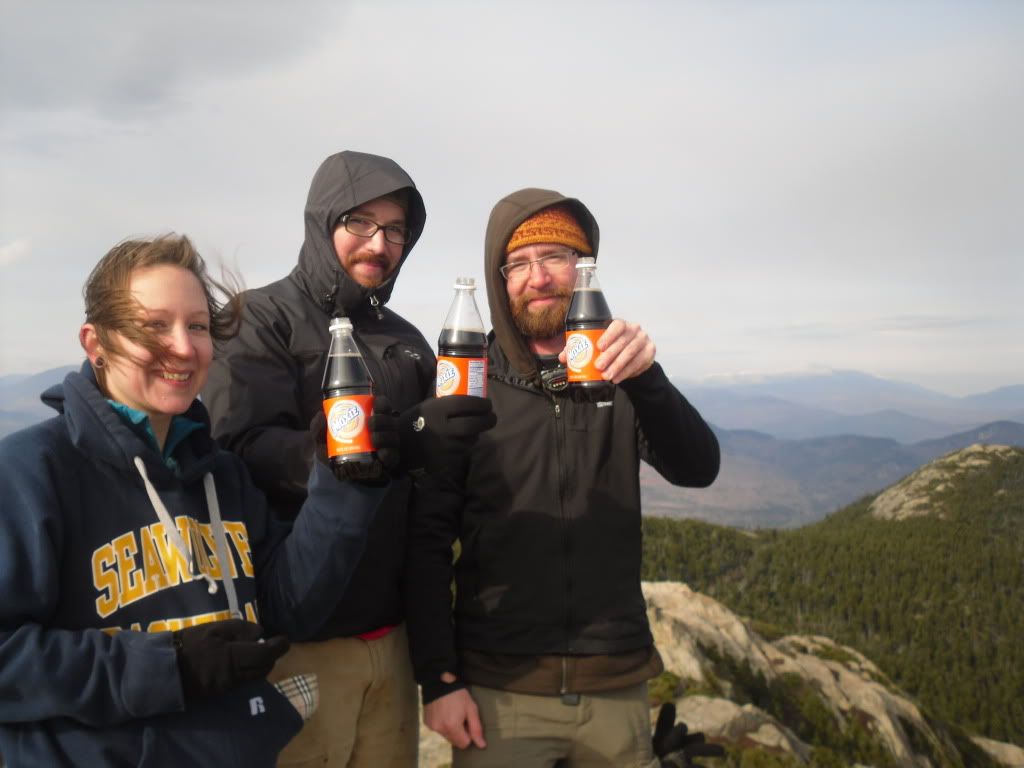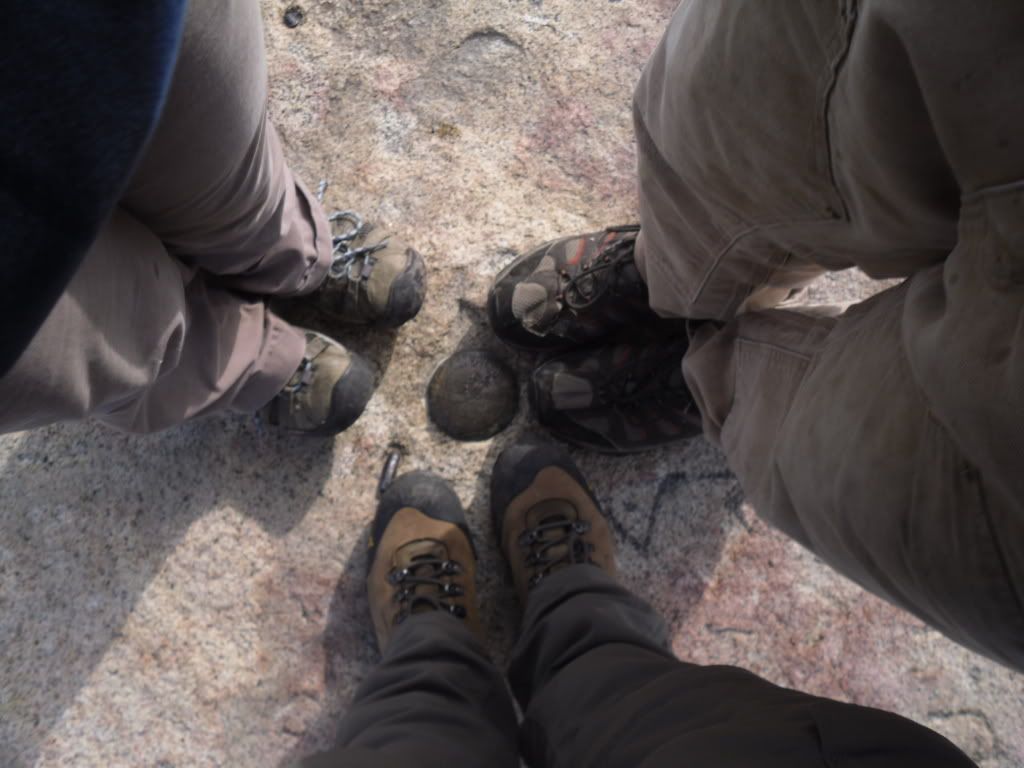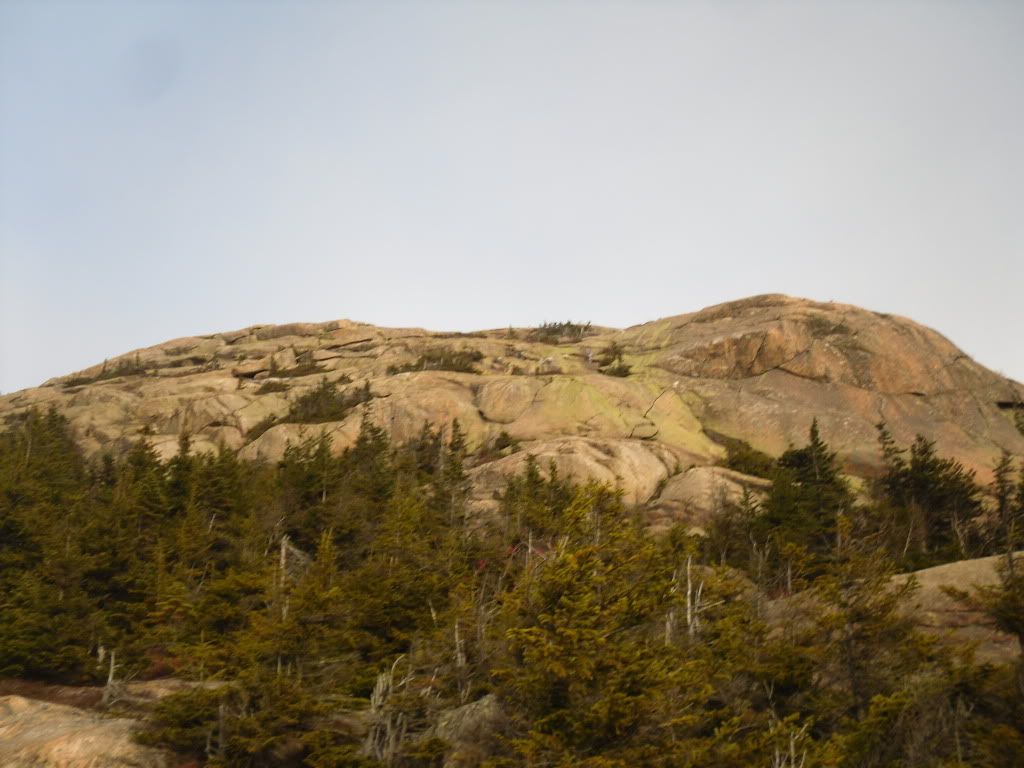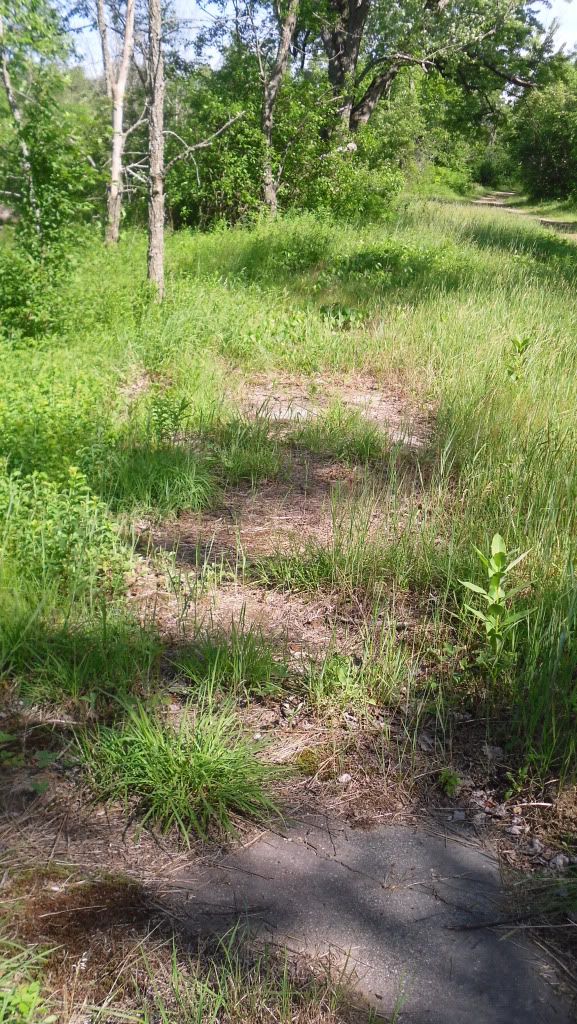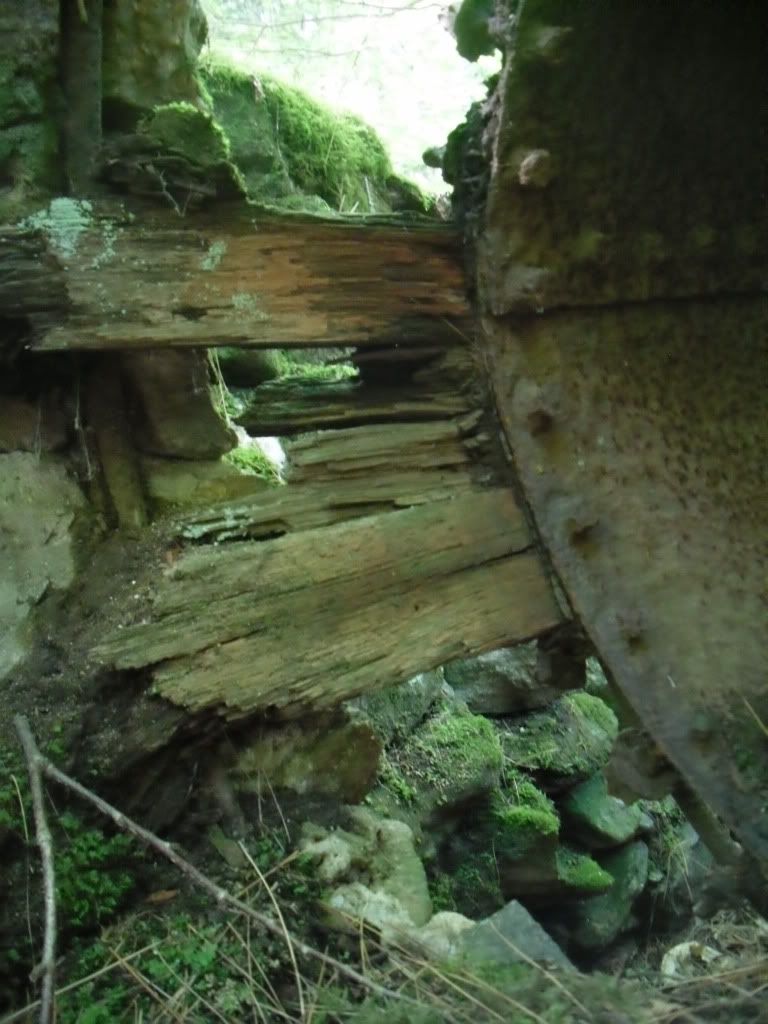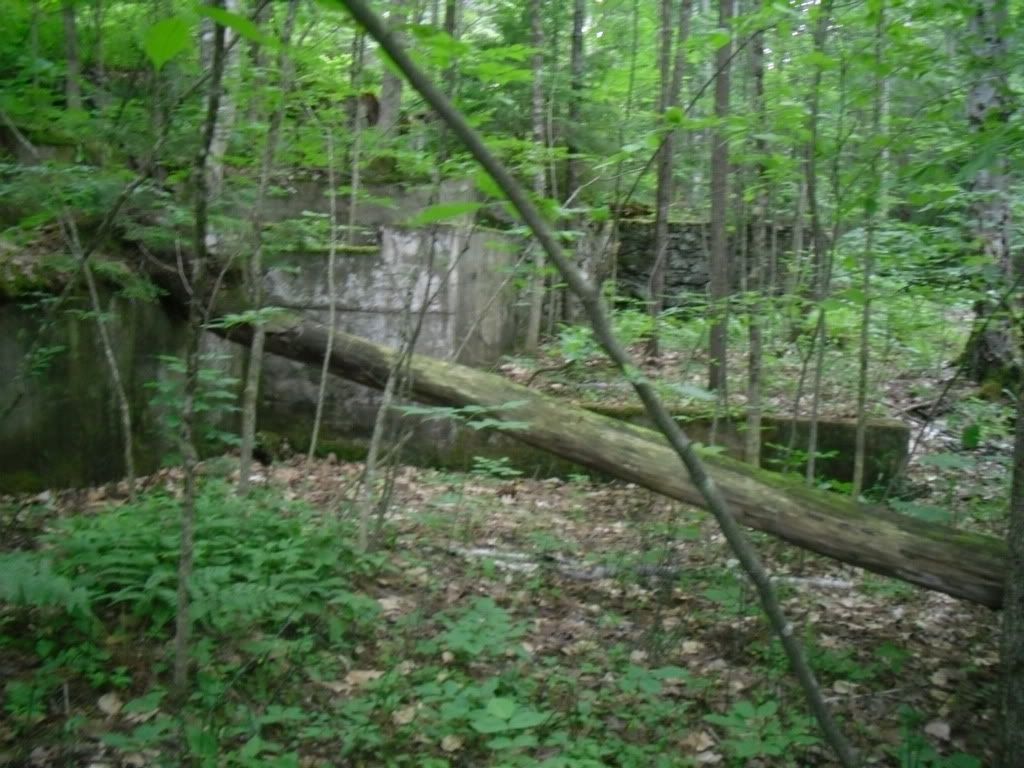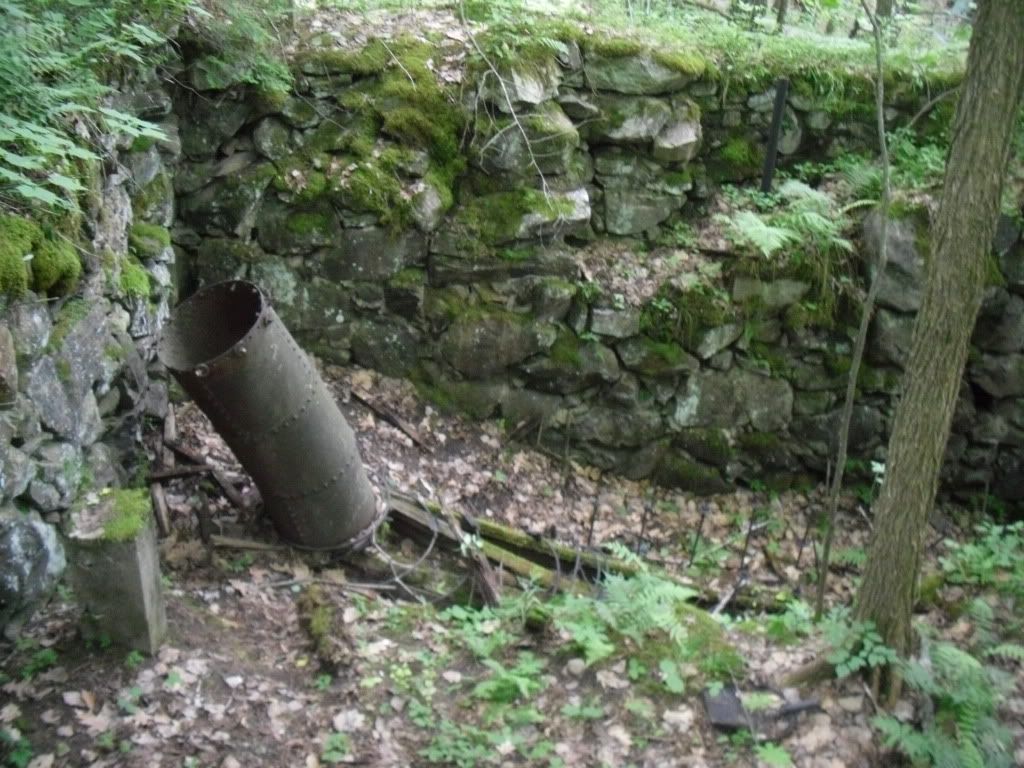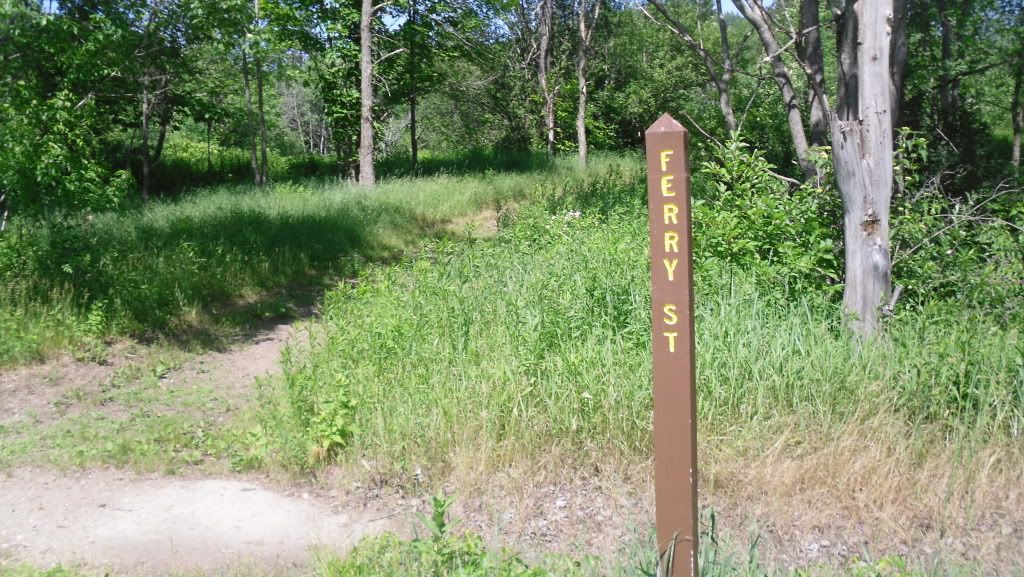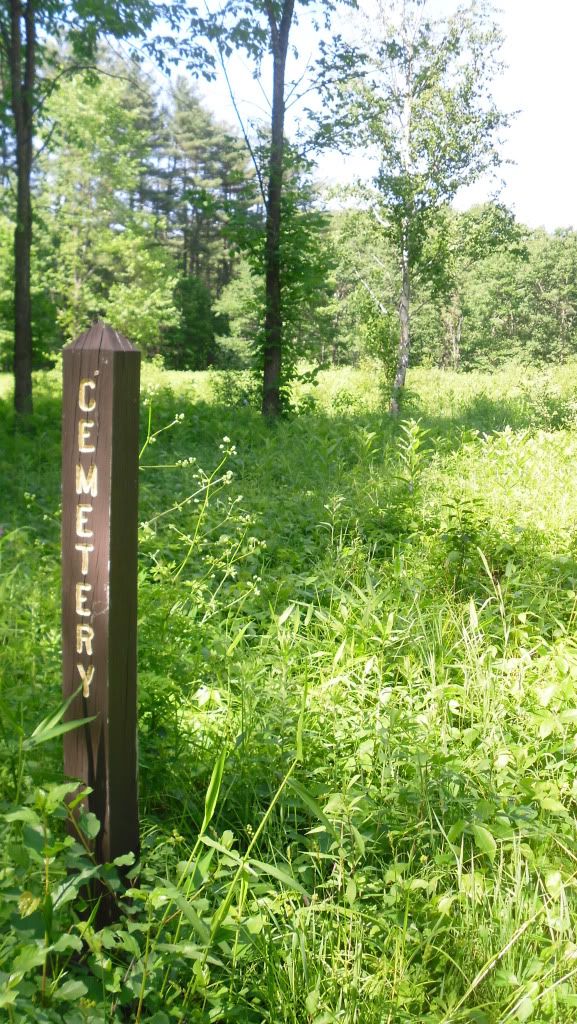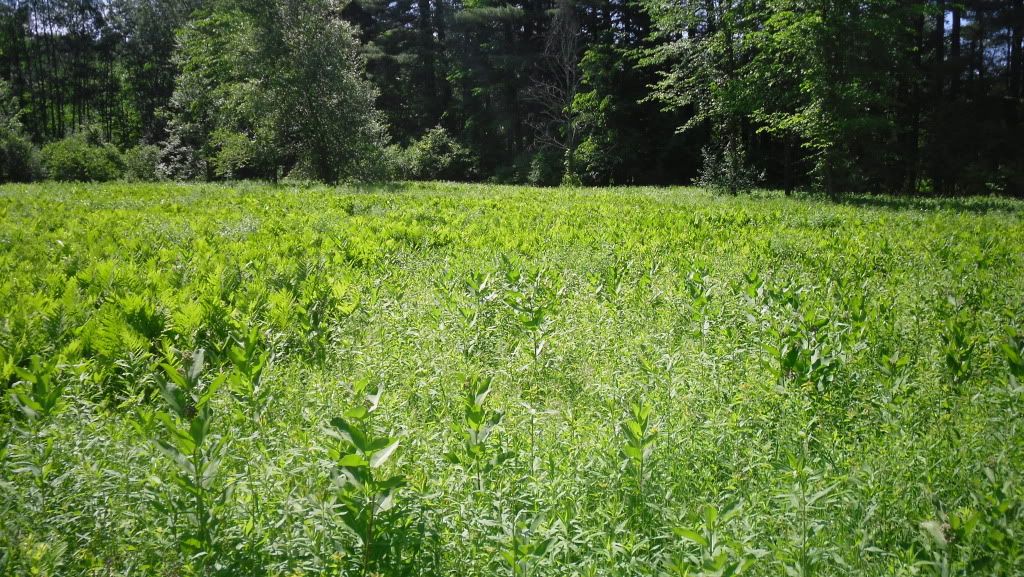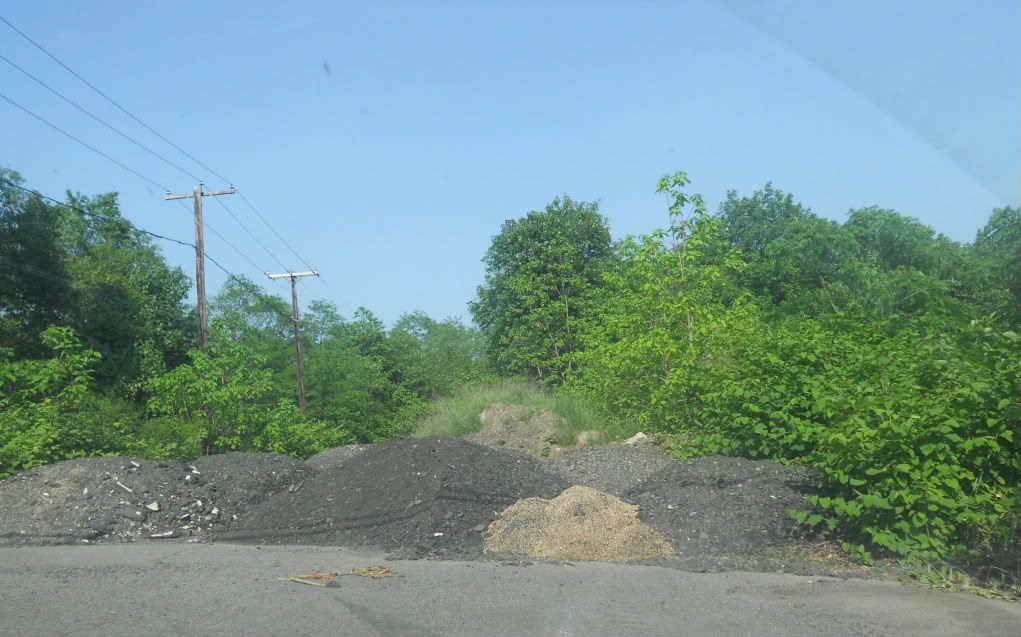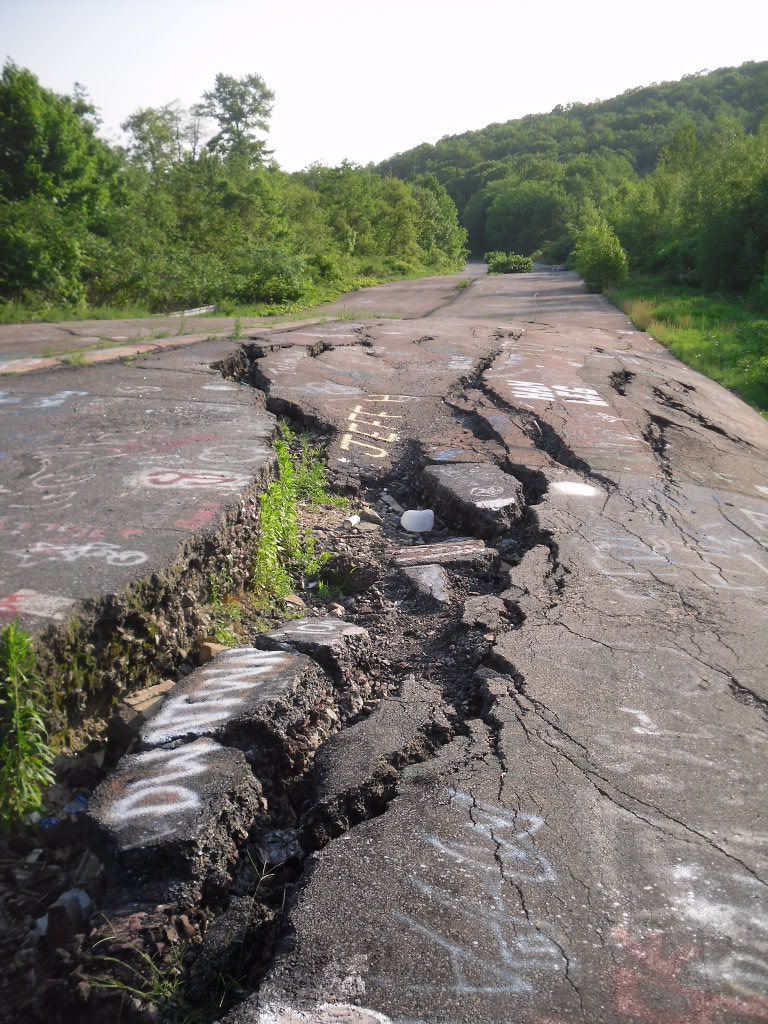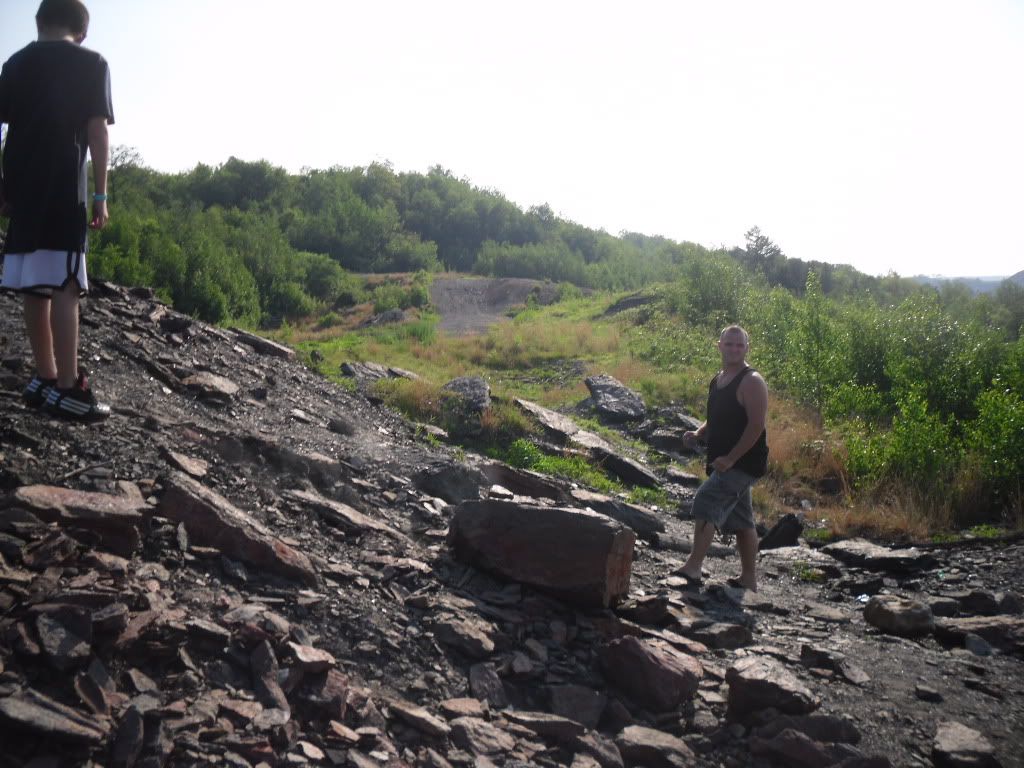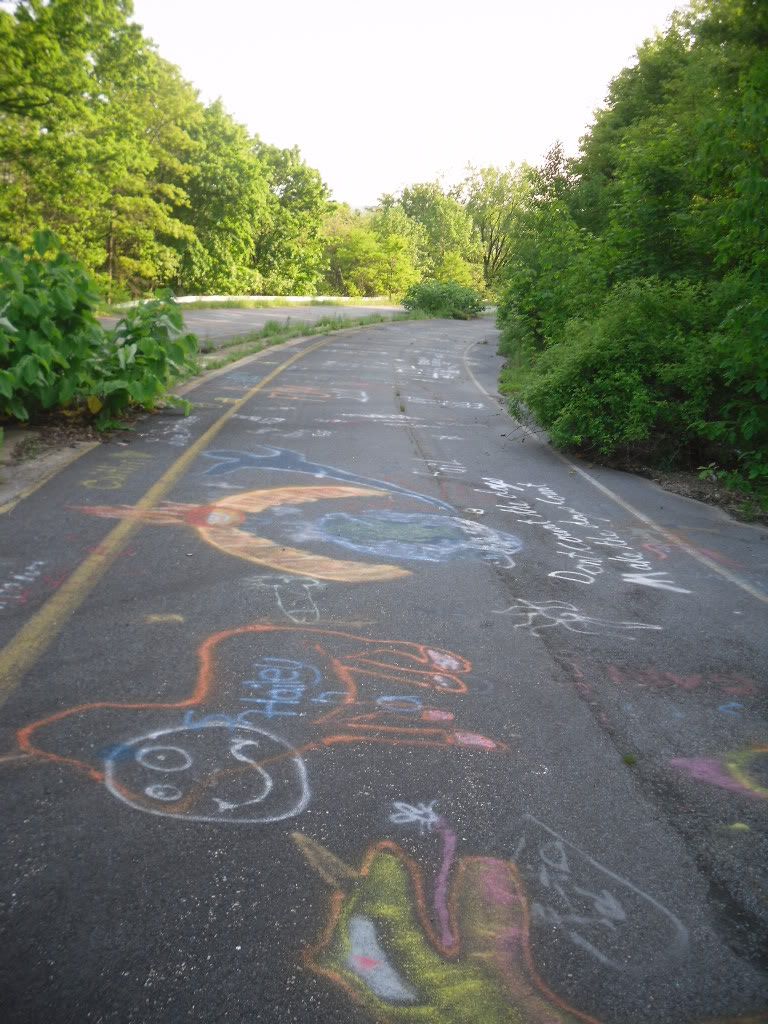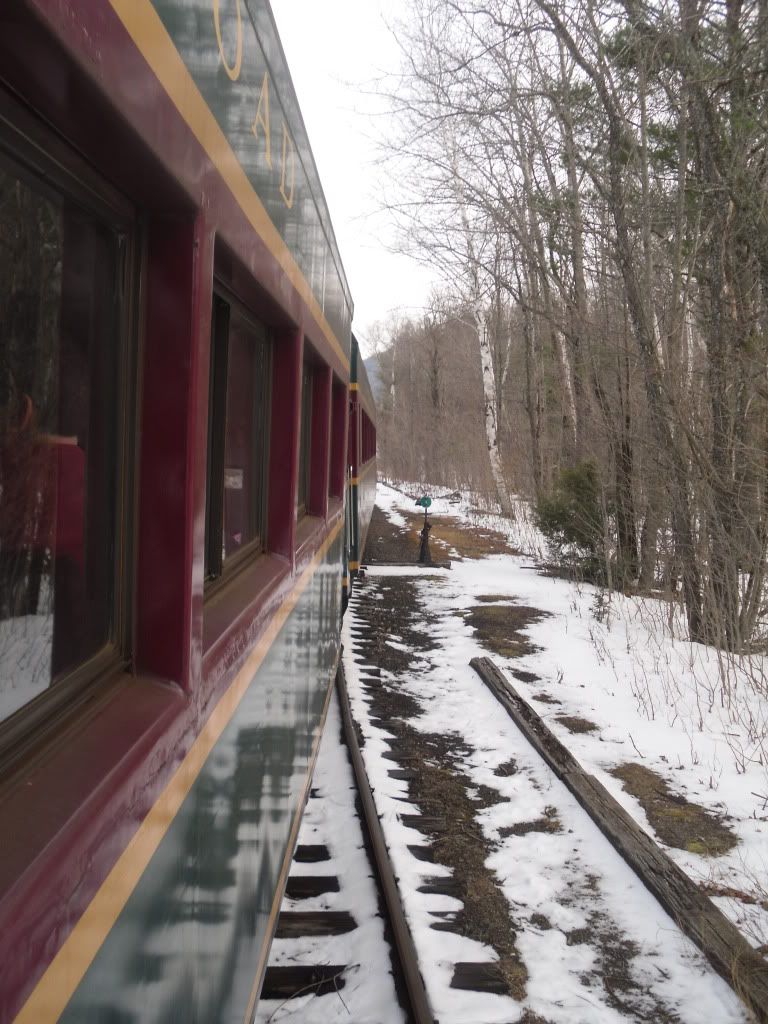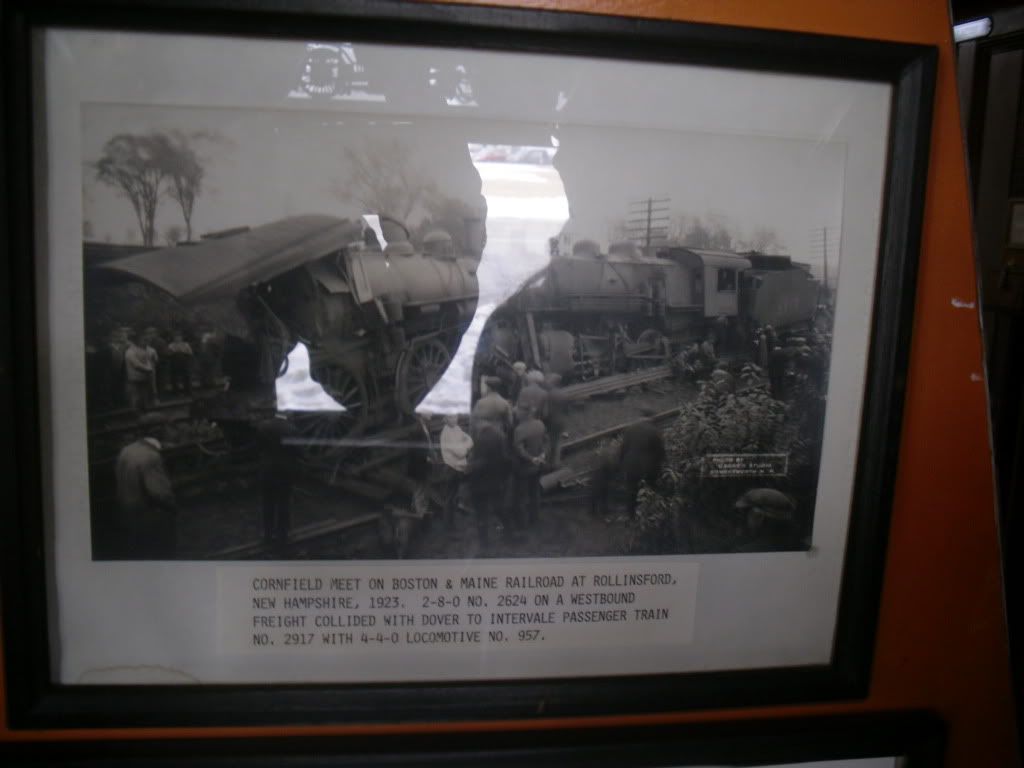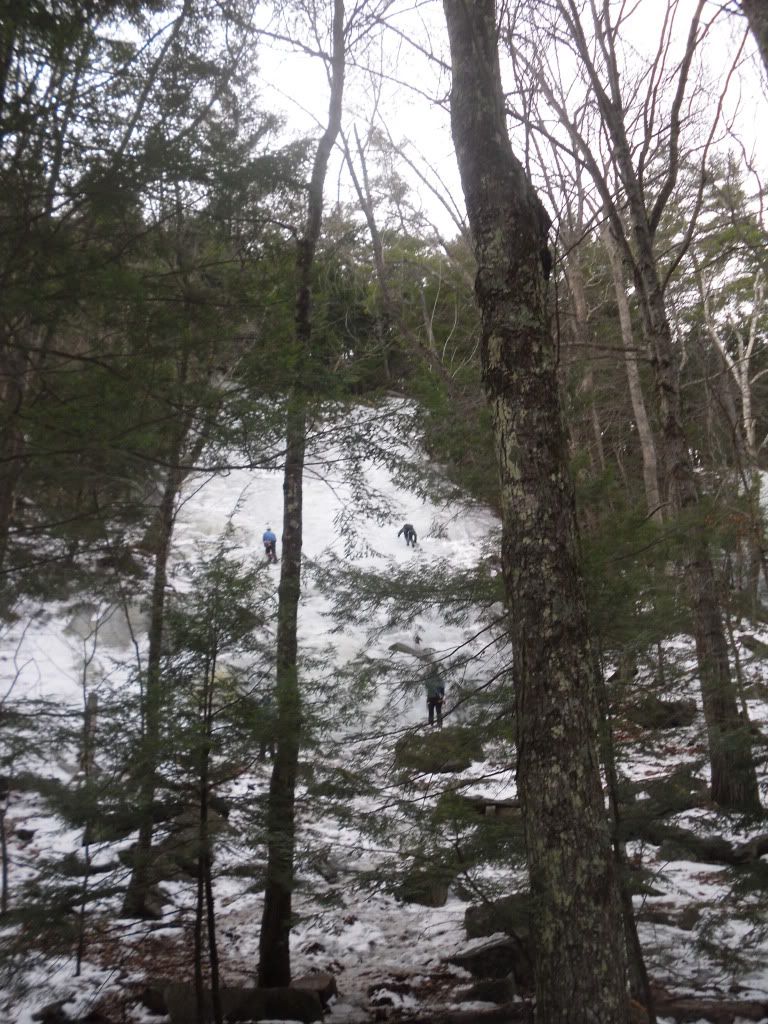Tucked away in Croyden, an experiment has been unfolding for several years. Labelled the Bardo Project, this small collective is not only an experiment in self-sustaining agro-business but also a social experiment. While attending the Northeastern Regional Organization of the NSS (National Speleological Society) Spring gathering, the catered buffet of a Pig Roast was provided by the Bardo Project. We were one of the last groups to return from our caving adventures, and over heaping plates covered in stuffing and organically raised roasted pig cooked to perfection, we chatted up the folks from the farm. In between mouth fulls, we were told about the yearly farm festival taking place in Croyden over Memorial Day Weekend and invited to attend. Being one to support local business, how could I resist?
After a hassle-free on-line reservation the night before, Heidi and I arrived at Bardo Farm around 10:45 am. The folks at the registration booth were super nice and informative, and gave an over view of the events of the day, and explained that the farm festival actually covers four days, starting Friday night. Following the map, we found plenty of parking and the main event area just as some Tom Waits was blaring over the PA (I was beginning to think that this was my kind of event! Organically raised food AND Tom Waits...I was sure I was in heaven). Dee and I looked over today's list of events which included: Piglet Castration, Forestry Management, Raising Pigs, Pig Harvest, Wilderness Survival: Shelter Building, Solar and Off-the-Grid Energy to name a few.
After Realizing that we had quite some time to kill before the Shelter Building Workshop, we decided to go and check out the animals since they were pretty central to the events of the entire weekend. Ok, so a few things that we learned: 1)Yes pigs smell, 2) I don't care what anyone says, piglets are just so damned cute, 3)chickens and ducks get along just fine, 4) Piglets like paparazzi, 5)to become best friends with a goat, feed it dandelions.
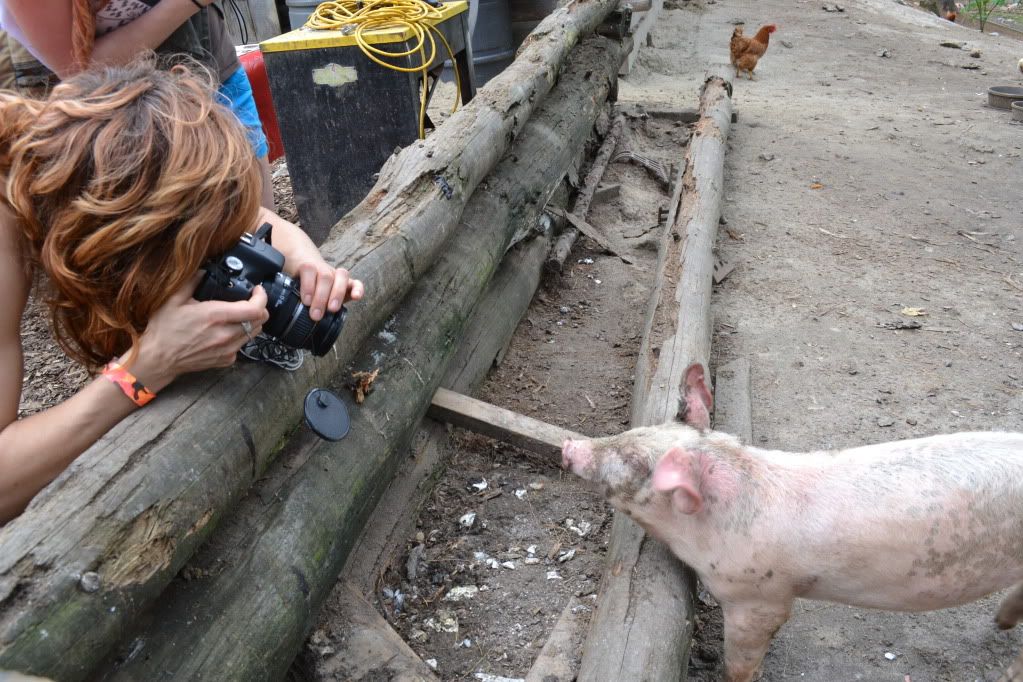
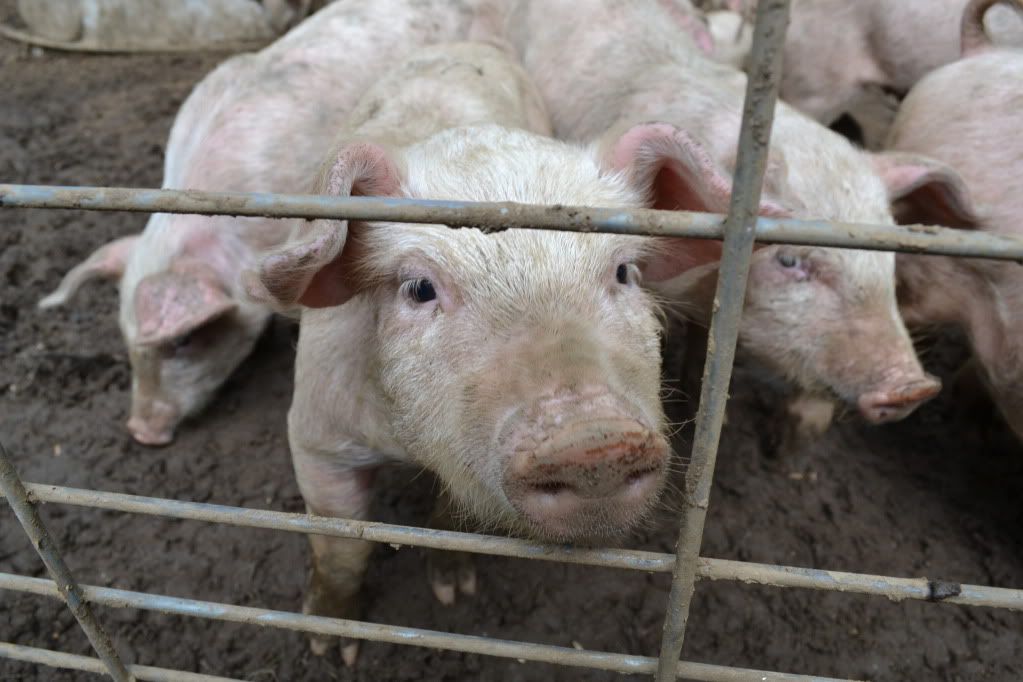
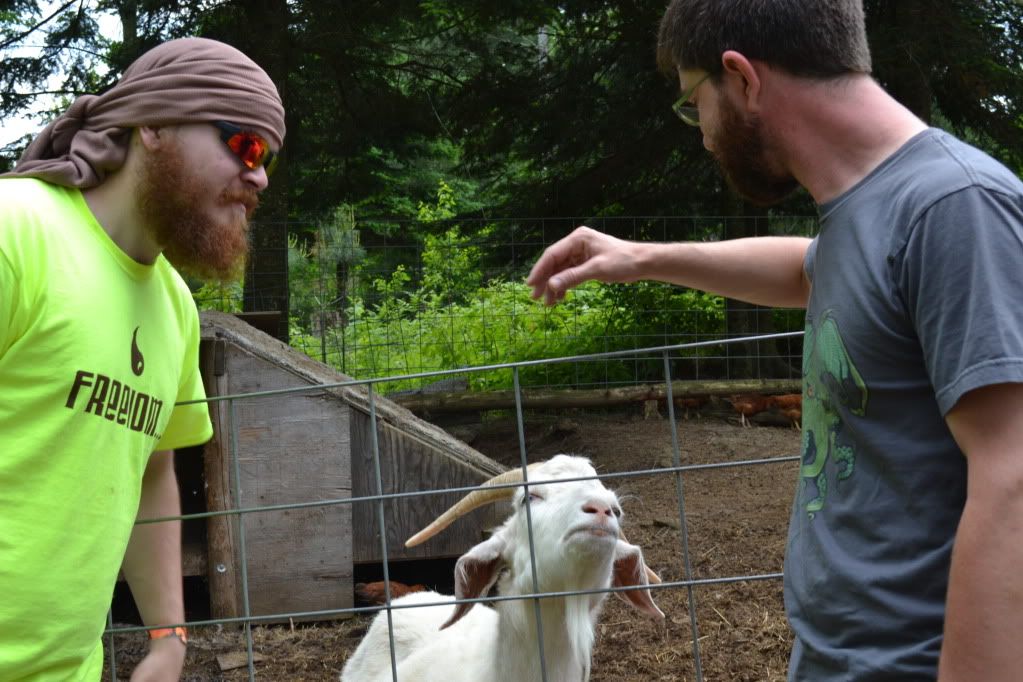
After getting our fill of the animal fun, we wound our way back to the event area and attended a meeting of SOLE (Society of Libertarian Entrepreneurs). This is where we discovered the more political side of the Bardo Project. Now, I am by no means supporting nor condemning a particular political party...as someone who claims themselves independent of any particular political creed I could not since I firmly believe people are entitled to their own opinions and it is not for me to judge.
An announcement came over the PA informing everyone of the events starting at one o'clock. This included Reloading (ammo) and the Wilderness Survival: Shelter Building Workshop. Dee and I assembled at the appropriate area which happened to be where the reloading workshop was also meeting, and this is where things just fell apart for us. The gentleman doing the reloading demo asked us which event we were waiting for, after after telling him it was the shelter workshop, he winced and then proceeded to completely ignore us, a Pied-Piper leading off a hand full of people without a word whether or not someone was coming to lead the other workshop. We stood and waited for a bit, and finally realizing no-one was coming, we went home.
The event was generally not well organized. Aside from the people at the registration booth, the only person who even made an attempt to converse with us was a red-haired gentleman at the goat pen. Few attempts at conversation were made. We were definitely the outsiders here. This is in stark contrast with the statement made by one of the registration hosts which was to the effect that the people at the farm are accepting of just about everyone.
The most meaningful experience we had was with a couple who were also leaving. They were visiting the farm with their infant. We grumbled about our experience with the farm, and mentioned that we have eventual plans to homestead...raising our own animals and produce to sustain ourselves and barter with our friends and neighbours, and they said that they had the same goal. After talking with them for a few moments we learned that they are trying to sell their home in NYC to move to New Hampshire, but they want to be close to Manchester and Concord as well as an easy commute back to the city since the husband has a strong sense of activism. Finally, a genuine conversation with folks who were there for the same reason as us introduced themselves, shook our hands and took the time to find out a little bit of what we were about.
Its a shame that this was our experience with Bardo. It seems like an interesting idea, and movements such as a social and agro-collective is something that, no matter what their political creed, I fully support. Had our experience with Bardo been on more of a one-on-one basis, it would likely have been better. Also, bear in mind that this is the second or third year that the Farm Festival has taken place and the attendance apparently was not as good as expected. I'll give Bardo Farmfestival 2013 a shot.
For more information about Bardo Farm please visit their website: http://bardo.drupalgardens



